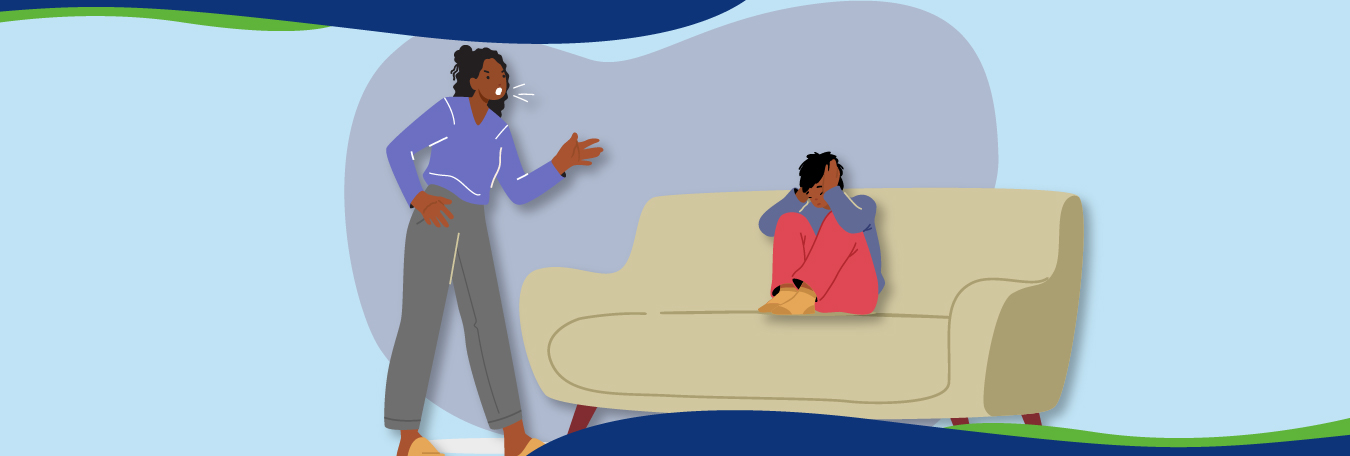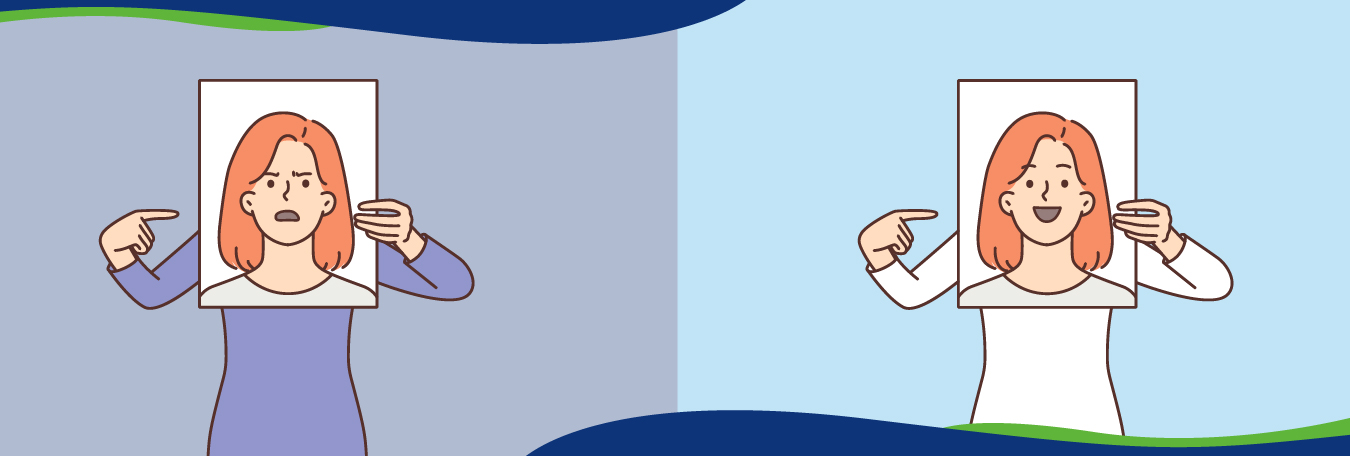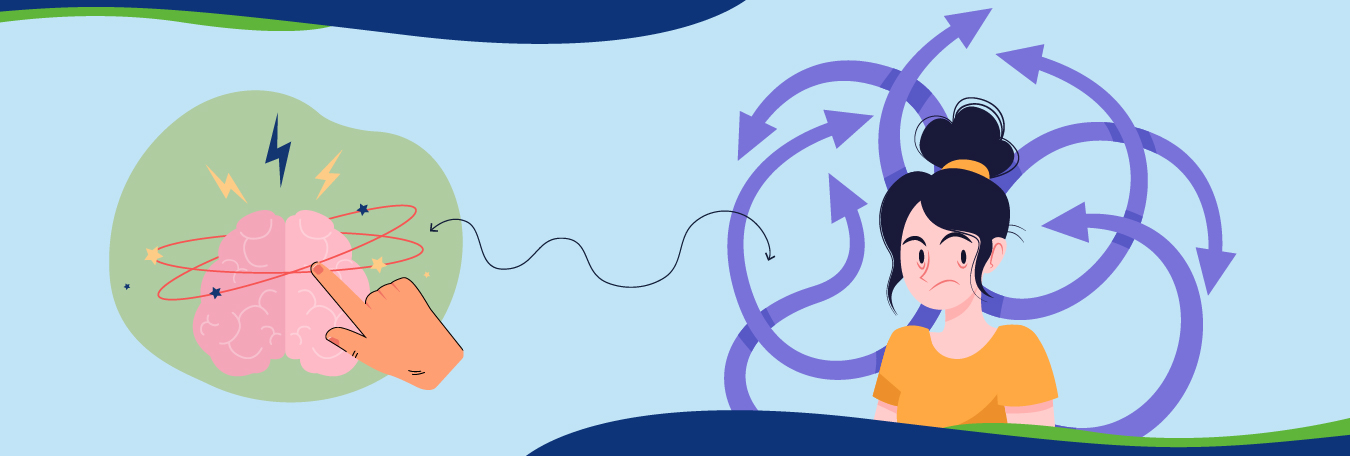As the name suggests, a continuum is sort of a spectrum. Anything it measures, that object’s adjacent elements are not perceptibly different from each other, but the extremes tend to be quite on the extreme ends from each other. Likewise, a mental health continuum is a kind of spectrum on which mental health illnesses and disorders can be measured from mild to extreme. Let’s talk about it in more detail along with the 4 stages of the mental health continuum.
What is the Mental Health Continuum?
Believe it or not, the mental health continuum model was developed in collaboration with the United States Marine Corps (USMC) in 2008. The mental health continuum is a spectrum measurement tool that measures the well-being related to mental health and mental illness at the two extreme ends of each other. Its main purpose is to promote awareness of mental health indicators in self and others, early recognition of distress, management strategies, and prevention. This scale can tell affected individuals where they are in terms of their situations, which are dynamically in a continuously changing state that can deteriorate or improve depending on the impact of different sets of circumstances.
These different circumstances can be classified under four different categories to add more detail to the spectrum and essentially make them more absorbable and inculcating in the literal sense. We can essentially call them the 4 stages of the mental health continuum which are also color-coded according to the criticality of a mental illness. Let’s dwell on them for a bit:
Read More: Mental Health at Christmas
Healthy (Green)
This category of circumstance relates to normal functioning. Slight coping mechanisms tend to follow at this stage if an onset of mild mental issues erupts but nothing professional of sorts is needed at this stage. There is a regular experience of positive thoughts that are able to flow free, and the capacity to function is excellent. There are also normal mood fluctuations. People tend to be generally happy and satisfied in this stage and take normal stress due to events or circumstances that bring changes in their lives. They are socially active and their health tends to be excellent while their sleep pattern also tends to be good. People are generally confident and act pleasantly on social occasions.
Reacting (Yellow)
People who are at this point of the spectrum can feel a little more stress and may show distress and an increasing inability to cope with circumstances and changes brought on by transforming events that take place in their lives. Due to this, there is a decrease in the regular experience of positive thoughts, health begins to suffer and the sleep pattern starts to falter. Social activities start to decrease but are still there because they begin to lose confidence. All this can be a reaction to the onset of mild mental issues on the verge of showing its teeth. Early intervention is necessary, which is why self-care and social support become important at this point of the mental health continuum. The mild distress or functional impairment at this point is essentially reversible.
Read More: Can Dehydration Cause Anxiety? Understanding The Connection Between Water And Mental Health
Injured (Orange)
At this point of the mental health continuum model, things begin to get serious because of the onset of more severe, persistent injury or impairment, clinical illnesses, and disorders requiring more concentrated medical care. People at this point of the mental health continuum model find it difficult to experience positive thoughts and emotions, their health is fair but at the risk of decline, sleep patterns are inherently bad. People are generally sad and on the verge of depression due to which self-confidence and social activities start to take a hit. The importance of professional care such as psychotherapy or psychiatric medication management increases tenfold under this stage of the mental health continuum.

ILL (Red)
As the name suggests, this stage on the continuum is as serious as it can get. One is essentially mentally ill at this stage and needs urgent professional care. Gone are the days, when the affected individual would feel even a single regular thought or emotion that was positive. This leads to problems such as fatigue, lethargy, depression, and anxiety, which are only the sub-symptoms of mental disorders like bipolar disorder. There is close to no sleep and social activities come to an end due to the debilitating nature of mental illnesses one is suffering from at this part of the continuum of mental health.
Read More: A Brief Guide to different types of OCD
How Is It Used?
The mental health continuum model imagines our minds in a linear perspective, which helps mental health experts ascertain and identify specific behavioral patterns that may need attention and advice on how to deal with growing adversities. It can also be used for identifying the underlying causes, collecting information about the different mental states of an individual over time, recognizing the need for professional care, and in addition to that, identifying the symptoms of a known psychological disorder. If you think about it, these use cases can also be considered as benefits.
What To Do After Usage?
Okay, you know the answer to the question of What is the Mental Health Continuum? The real question is what to do afterward if you or an expert have understood what’s happening through the mental health continuum. If one finds out that there is a possibility of a mental illness such as OCD is about to strike then professional care becomes really important. People can decide if they can psychotherapy, psychiatric medication management, or a combination of both to address the issues identified via the mental health continuum model.
Read More: The Link Between OCD and Psychosis
Conclusion
If you are looking for professional care such as the ones mentioned above or alternative ones such as telehealth psychiatry from our mental health wellness center Inland Empire Behavioral Group. We are not only adept at treating small problems such as anxiety and stress but also bigger issues such as psychosis or an eating disorder. Looking forward to your appointment.




